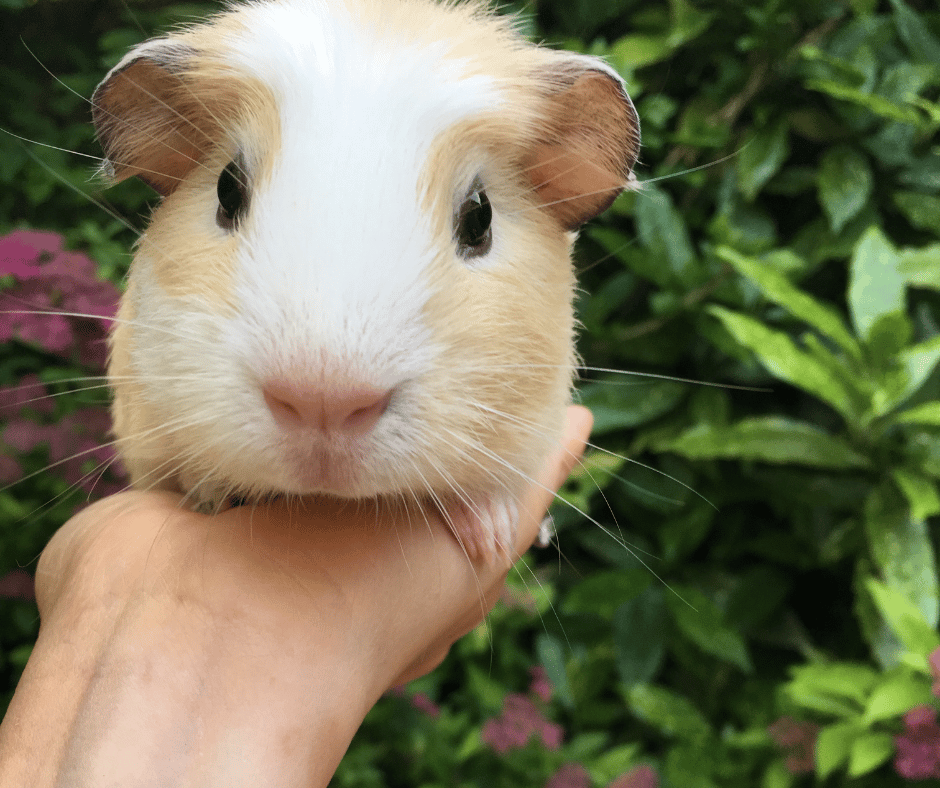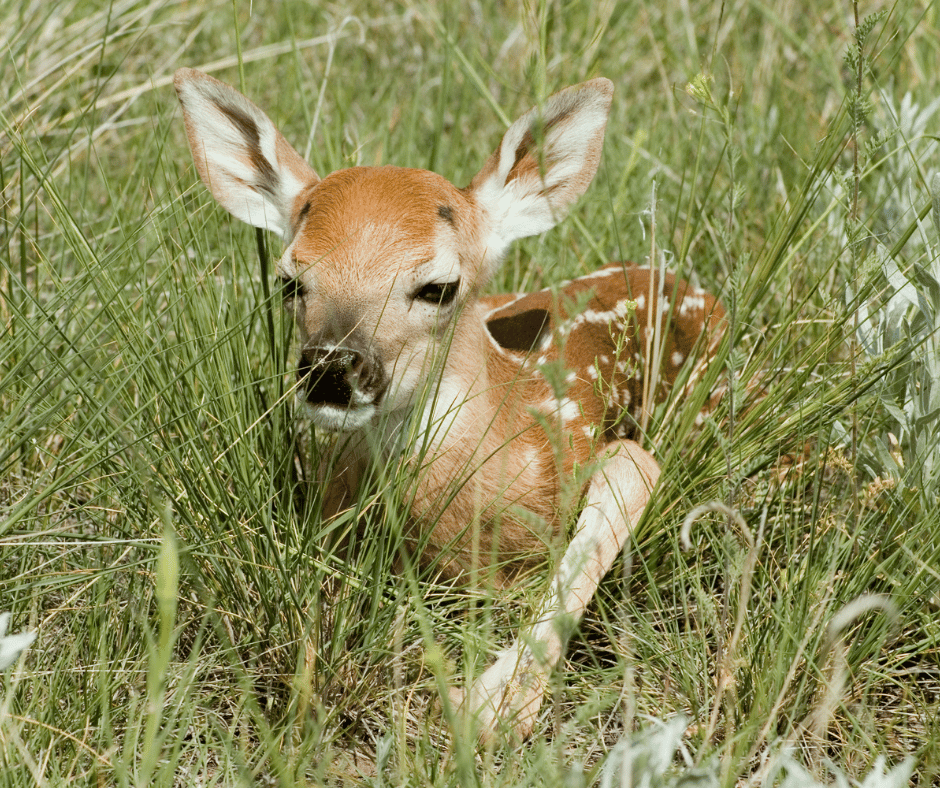There’s no question that baby mammals are some of the cutest creatures on the planet. From their big eyes to their soft fur, it’s hard not to find them adorable. But is this just a coincidence, or are baby mammals actually designed to be cute? Scientists have been debating this question for years, and there is still no consensus.
However, recent research has shown that humans may be evolutionarily predisposed to find baby mammals cute. So what does this mean for the future of wildlife conservation?

Why do baby mammals look cute?
There are a few theories that scientists have proposed to explain why baby mammals look cute. One theory is that the features that we find cute in babies, like big eyes and small noses, are actually signs of youth and health. Another theory is that these features trigger our nurturing instincts, which lead us to want to take care of them.
In order to understand why humans find baby mammals cute, we need to first understand what cuteness is. Cuteness is often associated with certain physical features, like big eyes, a small nose, and chubby cheeks.

These features are known as “infant features,” and they signal to our brain that the creature is young and vulnerable. This triggers an instinctive urge to protect and care for them.
So why do baby mammals have these infant features? One theory is that it makes them more likely to survive. After all, if a predator sees a big, chubby baby, they’re less likely to see it as prey.
Another theory is that infant features help baby mammals bond with their mothers. This is especially important for species that have a long period of infancy, like human beings.
Whatever the reason, it’s clear that baby mammals are designed to be cute… at least to us humans. And this has some implications for wildlife conservation.

If we’re evolutionarily predisposed to find baby mammals cute, that means we’re more likely to want to protect them. This could be a powerful tool in the fight against wildlife extinction.
After all, if we can’t stand to see baby animals suffer, we’ll be much more likely to take action to save them. So the next time you see a cute baby animal, remember that you’re not just seeing cuteness… you’re seeing the power of evolution.
